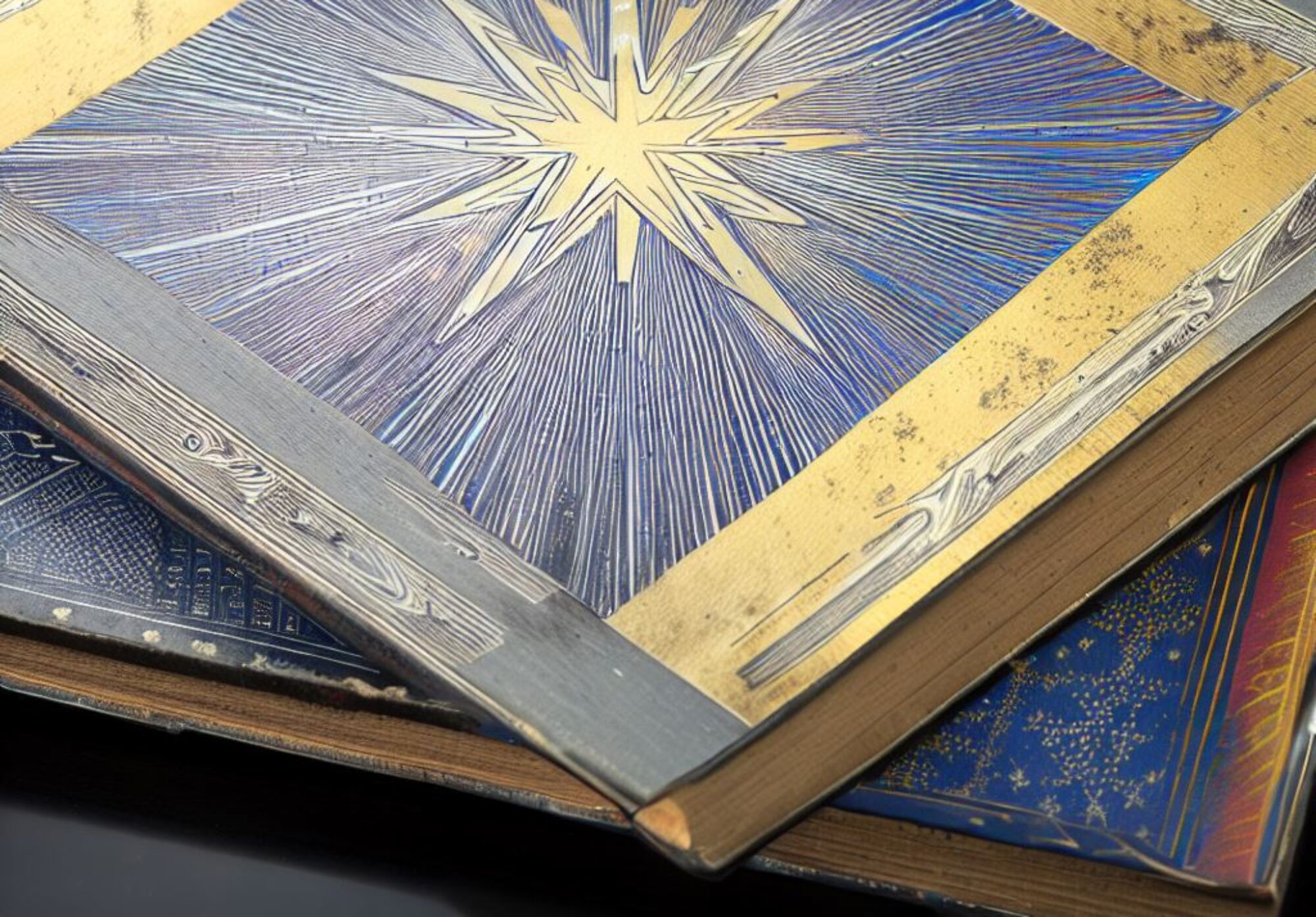by Andrea Reider
After all of these years designing and typesetting books for other authors, I’ve written my own book that is now available for sale on Amazon.
The book is titled Staying Freelance and is about the many things I did and experienced to establish and maintain my freelance business over the course of 30-plus years.
I wrote Staying Freelance” to inspire and advise fellow freelancers on how to build and maintain their careers for the long-term. My goal is to show people how to “stay” freelance not just “go” freelance.
Staying Freelance is now available on Amazon.


Advance Praise for Staying Freelance
“Most online freelancing gurus help beginners get in the game, but they don’t tell you how to stay in it. Andrea is the real deal—in Staying Freelance, she writes honestly and unapologetically about how to win the freelancing game.”
—Jessica Andersen, Brand Book consultant
“This book is a must-read for those who are considering becoming consultants in any field and for many who have already begun. As a professional consultant of many years, I wholeheartedly relate to and agree with Andrea’s accounting of her experience and what it takes to maintain a successful continuing business.”
—Martin Gantman, architect and consulting civil engineer
“Working with Andrea was simply a dream. She is one of those freelancers that is easy to work with (half the task) and knowledgeable. Her deep experience in the field was evident. Thank you for all your hard work!”
—Laurie Chow, senior graphic production artist
“Reider shares her journey from freelance typesetter to book designer, giving readers a firsthand account of her successes, failures, and thought processes during those times. Staying Freelance is a testament to perseverance and creativity and a must-read for freelancers.”
—Robin Kellogg, author and book coach
“Through tenacity, grit, and a little luck, Andrea built a career that works for her, and her story shows the possibilities and freedoms freelancing provides while inspiring new freelancers to create their own storied careers.”
—Fallon Clark, book developer and revision guide
“This book is inspiring. Andrea Reider describes the high-wire act of freelance book design and typesetting while keeping it real. In a business where radical change is the norm, she demonstrates how to negotiate success, failure, and everything in between. Reider’s book is exemplary. It will inspire you even if you are in a different line of work or just living your life. Read it!”
—Cynthia A. Sowers, Senior Lecturer (Emerita),
Arts and Ideas in the Humanities,
The Residential College, The University of Michigan
“Andrea has proven herself to be multitalented in the typesetting world—pivoting easily between very different types of books. A freelancer before freelancing became well-known, she has so much wisdom to offer. Freelance to me equals freedom, and Andrea outlines what has worked for her in a clear, concise manner. A superb guide to breaking free from traditional office work to striking out on your own and loving the work you do!”
—Shelly Mateer, author
“Andrea Reider weaves together personal stories and strategies for freelancers that embody the tenacity of entrepreneurs. During her career, she embraced the ebbs and flows of building a business that can stand the test of time. Her examples give the reader food for thought, in how they might also find business and expand their reach to work with ideal clients. Well-written with a hands-on approach, this guide is essential reading for any freelancer, gig artist, or entrepreneur just starting their journey.”
—Susie Schaefer, Founder & CEO, Finish the Book Publishing
“I love this book so much as I’m a freelance writer and it took a lot of courage to become one. This book has the potential to inspire future freelancers so they too can experience the freedom of freelancing!”
—Corrine Casanova, founder of Corrine the Content Queen





























































